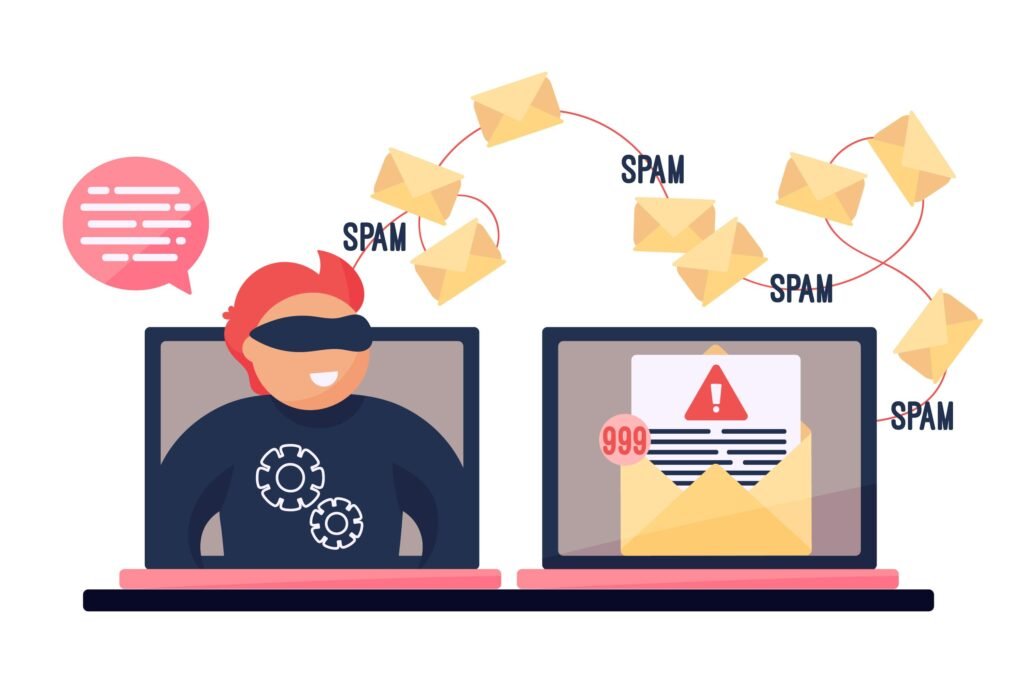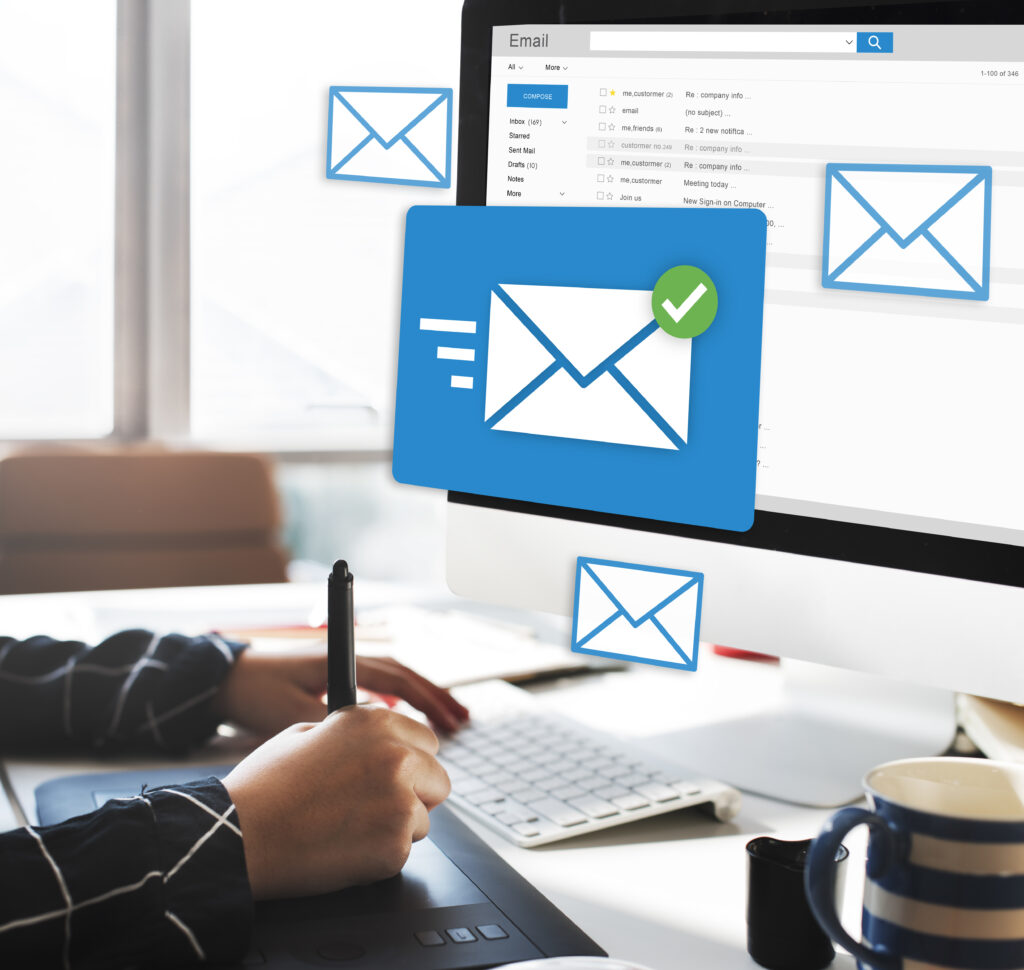The Best Email Verification Tool-Email Verifier Pro
Email Verifier Pro is the one and only email validation service script which works 100% and does the job that is meant to do.Email Verifier Pro is a handy tool for businesses and individuals to check and organize email addresses. It’s packed with advanced features and is easy to use, making it perfect for ensuring that your emails reach the right people. In this article, we’ll talk about why Email Verifier Pro is so useful, go over its main features, and answer common questions about verifying and managing emails. Email Verifier Pro: The Ultimate Tool for Email Validation and Management Email Verifier Pro is a potent program made to assist organizations and individuals in efficiently validating and managing email addresses. Email Verifier Pro is the go-to tool for guaranteeing the correctness and deliverability of email messages because to its sophisticated features and intuitive design. With Email Verifier Pro, you can improve your email marketing and get better results without all the hassle. Why Your Business Needs Email Verifier Pro? Having a clean email list is important for any business that uses email marketing. Email Verifier Pro is a tool that helps you keep your list clean by checking if the email addresses on it are real and active. Here’s why it’s essential for your business: 1 Reach More Customers: Sending emails to fake or old addresses won’t get you anywhere. Email Verifier Pro helps you avoid this by making sure your emails are going to real people who are likely to be interested in what you have to offer.2 Save Money: Sending emails to fake addresses is like throwing money away. With Email Verifier Pro, you can save money by only sending emails to real addresses that are likely to convert into sales.3 Protect Your Reputation: If you send too many emails to fake addresses, it can hurt your reputation as a sender. Email Verifier Pro helps you avoid this by keeping your list clean and only sending emails to real addresses.4 Stay Compliant: Email Verifier Pro helps you stay compliant with email marketing regulations by making sure you’re only sending emails to people who have given you permission to contact them. How Email Verifier Pro Can Help Your Email Marketing? Sending emails to people who aren’t interested can be a waste of time and money. That’s where Email Verifier Pro comes in. It’s like a tool that checks if the email addresses on your list are real and active. Here’s how it can make your email marketing better: 1 Get Your Emails to the Right People: Email Verifier Pro checks if the email addresses on your list are real. This means more of your emails will actually reach people who want to see them.2 Save Money: Sending emails to fake or old addresses is like throwing money away. Email Verifier Pro helps you avoid this by making sure you’re only sending emails to real people who are likely to engage with your content.3 Keep a Good Reputation: If you send too many emails to fake addresses, it can hurt your reputation as a sender. Email Verifier Pro helps you avoid this by keeping your list clean and only sending emails to real addresses.4 Make Your Life Easier: Email Verifier Pro is easy to use and saves you time. You can quickly check your email list and make sure it’s up to date, so you can focus on creating great content for your subscribers. Key Features of Email Verifier Pro Bulk Email Verification: This feature is especially useful if you have a large list of email addresses that you need to check all at once. Instead of verifying each email individually, you can upload your entire list to Email Verifier Pro and let it do the work for you. It quickly scans through the list and flags any addresses that are invalid, risky, or suspicious. Syntax and Format Checking: Email Verifier Pro ensures that email addresses are written correctly according to standard rules. For example, it checks for common mistakes like missing “@” symbols or typos in domain names. By correcting these errors, you can maintain a clean and error-free email list. Domain and MX Record Validation: Verifying domain and MX records helps you confirm that the email addresses you’re sending to actually exist and are set up to receive emails. This step is crucial for avoiding bounce backs and ensuring that your messages reach their intended recipients. Disposable and Role-Based Email Detection: Disposable and role-based email addresses are often used for temporary purposes or specific roles within an organization. While not necessarily harmful, they may indicate lower engagement or higher risk of spam complaints. By identifying and filtering out these addresses, you can focus your efforts on reaching genuine recipients who are more likely to engage with your emails. Integration and Export: Email Verifier Pro offers seamless integration with other tools and platforms you may be using for email marketing, customer relationship management (CRM), or data management. This means you can easily import verified email lists into your preferred systems and export data for further analysis or processing. Frequently Asked Questions about Email Verification and Management How accurate is Email Verifier Pro? Email Verifier Pro aims for high accuracy by using advanced algorithms and a vast database. However, like all verification tools, it can’t promise 100% accuracy due to occasional server issues and other factors beyond its control. Can Email Verifier Pro remove spam traps and complainers? Email Verifier Pro can spot certain types of spam traps and complainer emails. But to reduce the chances of encountering these addresses, it’s important to follow good email marketing practices and maintain a positive sender reputation. How often should I verify my email list? The frequency of verification depends on factors like your list’s size, how often you add new addresses, and your email marketing habits. It’s a good idea to check your list regularly, especially before important campaigns, to ensure it’s accurate and to maintain good delivery
The Best Email Verification Tool-Email Verifier Pro Read More »







